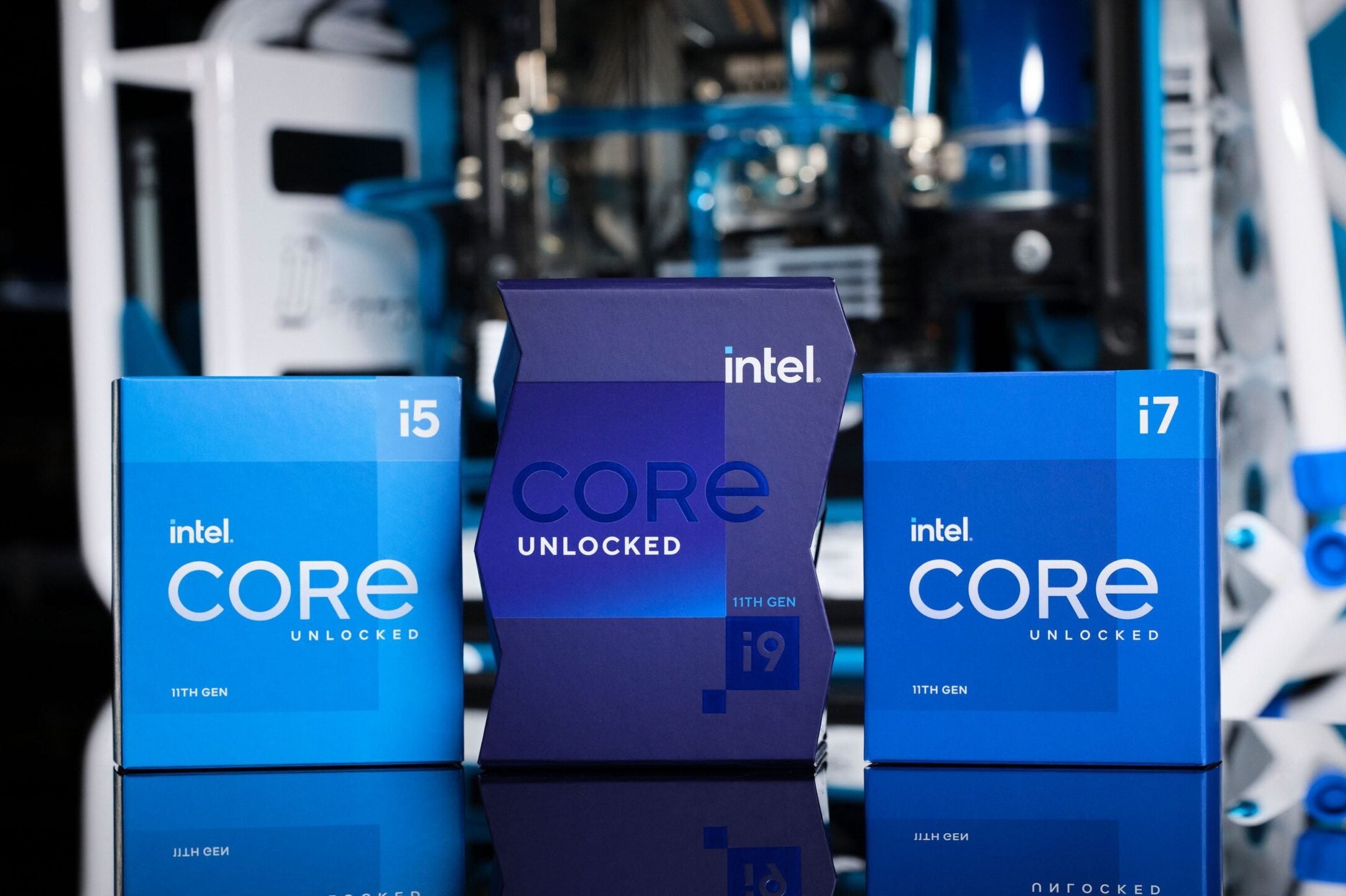
OPINION: Over the past fortnight the world of PC and laptops has been outright flooded with an ongoing sea of HUGE news stories.
The biggest of these have undeniably been the arrival of Intel Alder Lake this week, as well as Apple’s latest own-brand M1 Max and M1 Pro chips.
At first glance the chips are completely different and there’s not much to connect them. Architecturally they’re “apples” and oranges after all, with the M1 chips using an Arm architecture and Alder Lake Intel’s standard x86. This means they are both, at their core, are very different components.
But for me, they both have one key similarity that could mark the start of a cataclysmic shift in the world of computing.

Specifically, they could be the start of a move away from prioritising higher clock speeds towards a heterogeneous computing model with a larger focus on multi-core performance among chip makers.
Though Intel couldn’t resist the urge to shout about how it had made yet another “world’s best gaming processor”, the tone was very different. It spent a lot more time talking about how it had re-thought its architecture to increase power efficiency and let the CPU work smarter, not harder, using a new hybrid architecture.
The CPU features both performance and efficiency cores, assigning workloads to the core which is best suited for the job. This decision is informed by a dialogue between the chip and Windows 11 – Intel says it works on Linux “just not as well”.
So, for example, fire up CyberPunk 2077 and it’ll push the workload to performance cores, switch to browsing the web and it’ll assign the task to efficiency cores. Sound familiar? It should, Apple explained its M1 chips multi-core system in a similar way.
What I find interesting is that, though clock speeds do still matter, every chip maker at the moment seems to have retired it as the go-to “big number” for marketing. The same thing happened with megapixels as a metric of camera quality, after people realised having a high MP count didn’t necessarily translate into better photos.
This is a good thing in my mind, as a higher clock speed, while beneficial, doesn’t mean a CPU will be overall a better performer. We’ve known this for years thanks to the arrival of AMD’s Ryzen chips, which since launching have carved a space as the best chips for creative work thanks to their superior multicore performance.
Many creative suites like Blender, Studio Max, Vector Works, Final Cut Pro and Adobe Premiere all support multi-threading, which means they actually run better on CPUs with solid multi-core performance than those with high clock speeds.
This ‘hybrid architecture’ approach lets a CPU use different cores to handle different workloads rather than doing one thing really fast at a time.
Given how many more applications are being optimised to run this way, I believe that a general move away from prioritising clock speeds towards a heterogeneous computing model will be a great thing for the industry.
Ctrl+Alt+Delete is our weekly computing-focussed opinion column where we delve deeper into the world of computers, laptops, components, peripherals and more. Find it on Trusted Reviews every Saturday afternoon.
The post Ctrl+Alt+Delete: Intel Alder Lake could be the death knell for clock speeds appeared first on Trusted Reviews.
from Trusted Reviews https://ift.tt/31hwD5G
via IFTTT



Comments
Post a Comment